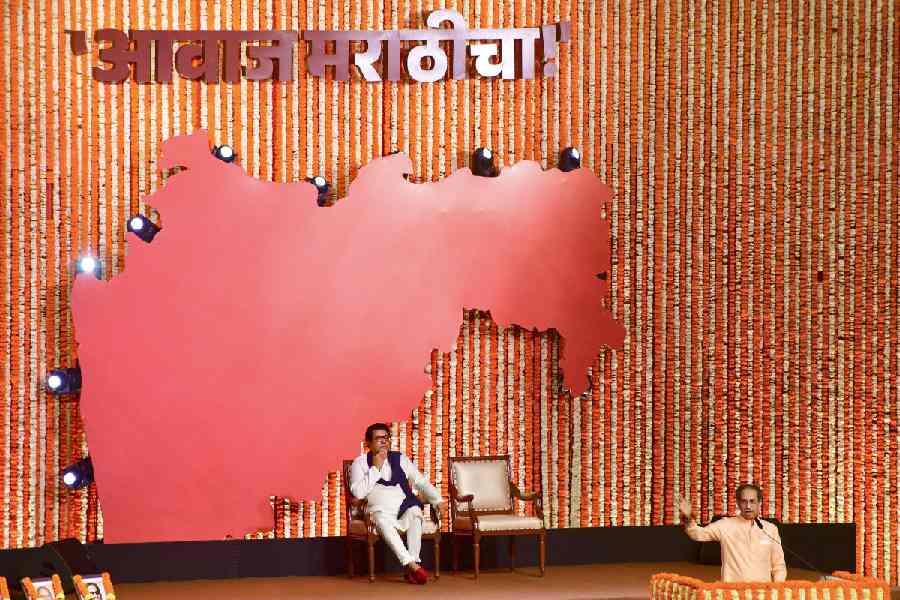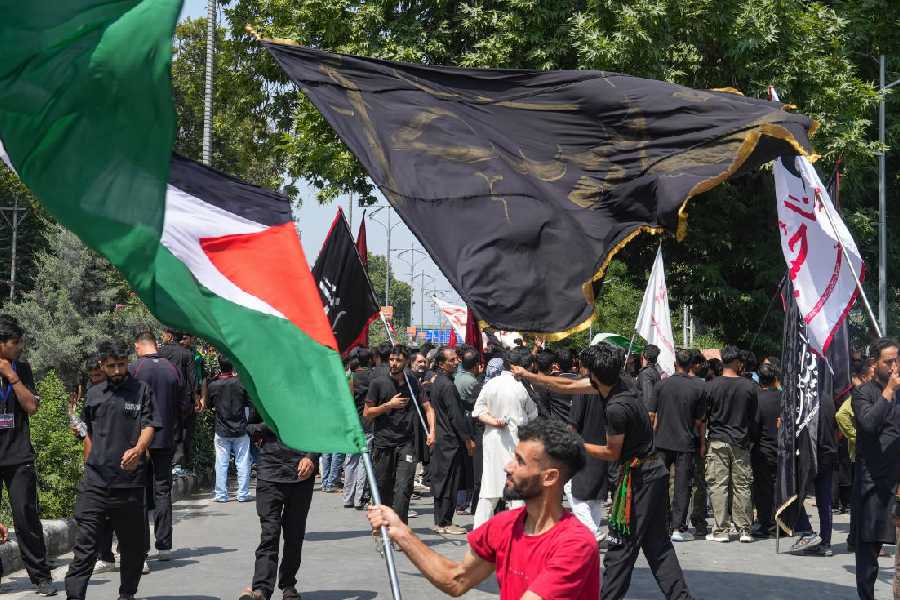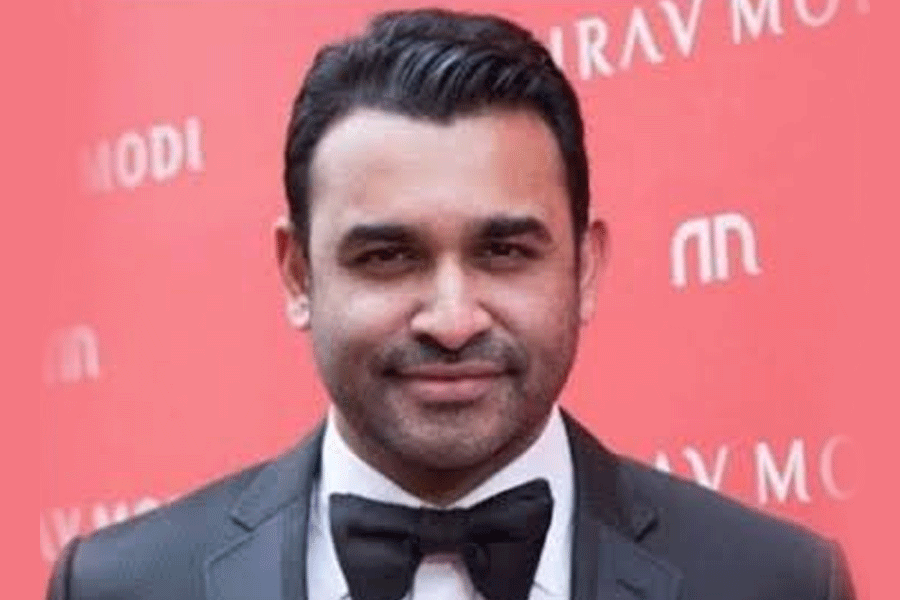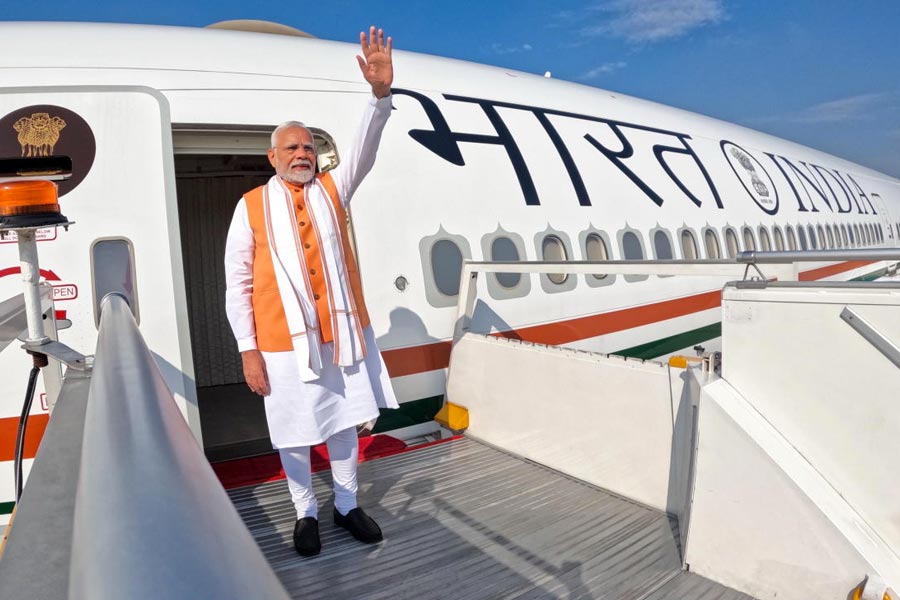 |
| Floodlights at the JSCA stadium seem to help Adarsh Nagar come to terms with its dark past. (Prashant Mitra) |
July 24, 2002: Contractor Shankar Prasad watches helplessly as his car burns in front of his Adarsh Nagar home, set afire by a mob supporting a domicile policy proposed for the state. By the end of the day, three people lay fatally injured nearby, the death toll around the capital a staggering six
January 18, 2013: Prasad, now 70, smiles as he reclines on an armchair in the balcony of his home. His smile is tinged with pride as he looks at the spanking new JSCA International Stadium Complex, barely 50 metres away. He is hardly able to believe that an area once torn apart by hate and strife had transformed itself into a colossal symbol of sporting excellence
For residents of Dhurwa, the events of that fateful July day more than a decade ago will always come back to haunt them, but the new cricket stadium, which is all set for a grand inauguration on Friday and will host the India-England ODI tie a day later, has gone a long way in wiping away some of the gory memories.
“I never expected the place where three people were killed in mindless violence could become so beautiful in 10 years. I now believe development is the answer to all violence,” he said. Construction of the stadium began in June 2009.
Kandra Lohra (55), a resident of Tanki Side, barely half a kilometre from the stadium, could not agree more. “I really feel a big change due to the stadium. This area has been converted into a heaven from the hell that was July 24, 2002,” he said.
He pointed out that not only the stadium itself, but the add-ons that came with it like newly-constructed approach roads, had made a world of difference.” I hope with the stadium in place, the area will continue to develop and local people benefit from it,” he said.
About 6km from the stadium is Shyamali Colony. It is where Team India captain Mahendra Singh Dhoni lived till he shifted to Harmu Housing Colony in November 2009. On July 24, 2002 Shyamali Colony too witnessed bloodshed when three youths were shot dead while demonstrating in support of the domicile issue.
Today, local residents cannot thank the authorities enough. “Sports and games really unite people and this has been proved with the construction of the stadium. What mere rhetoric about promoting unity and brotherhood could not do, the stadium has done,” Mecon engineer and local resident Sanjay Sharma said.
However, July 24, 2002, would forever remain marked as a black day in the history of Ranchi. On that day, trouble started at 9am, as groups for and against Babulal Marandi’s domicile policy, assembled around town.
At 2.50pm, a pro-domicile mob stormed Adarsh Nagar, a 500-house locality inhabited mainly by anti-domicile residents originally hailing from Bihar.
What followed was sheer mayhem. Fifteen locals and five of the attacking mob were injured. Later three residents, students Deepak Kumar and Bablu Kumar, and retired CRPF personnel R. K. Singh, succumbed to their injuries.
As trouble spread, a security guard deputed at Shyamali opened fire, killing three demonstrators — all residents of Dibdih, and considered budding football players.










